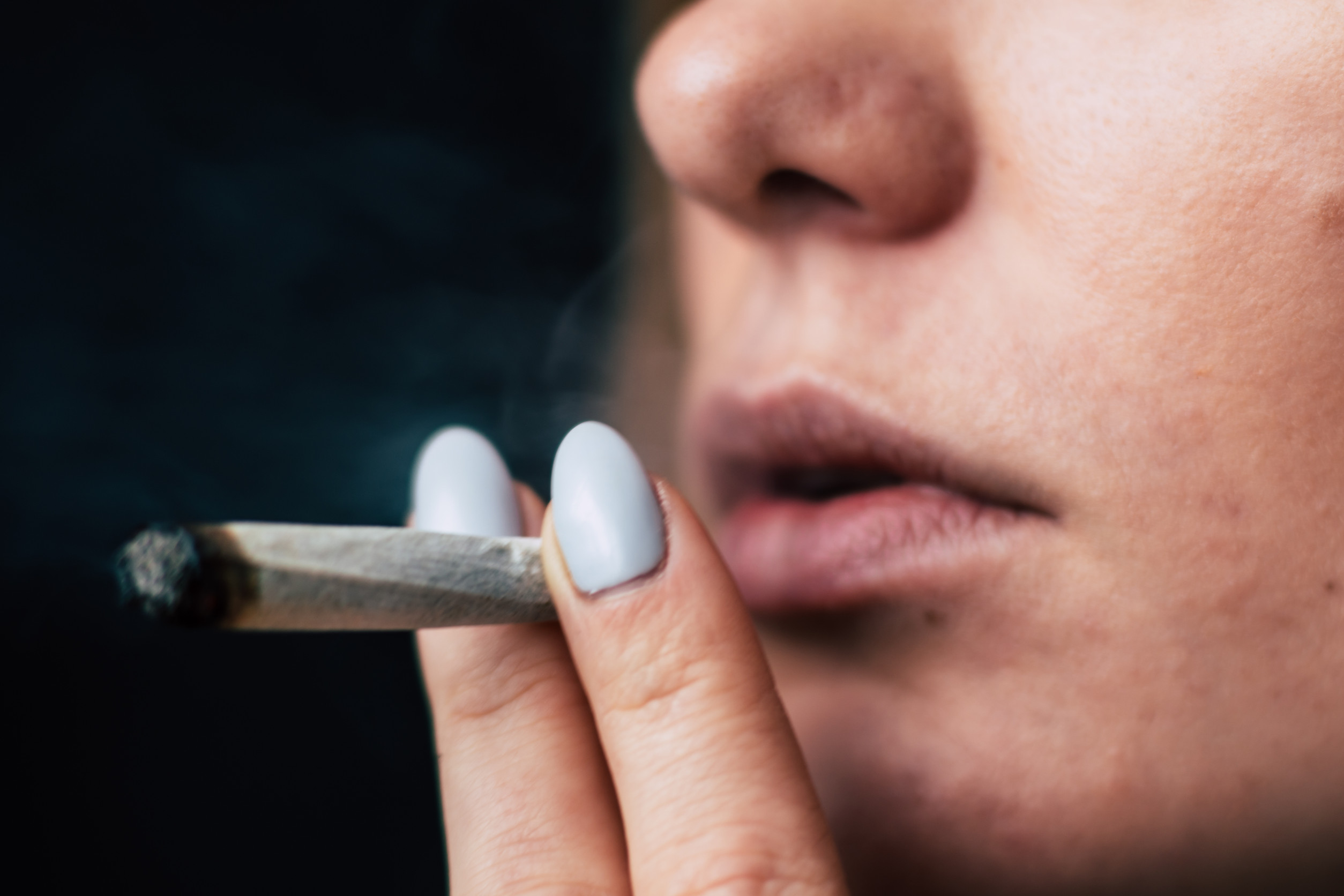
1. Smoking Indoors in Public Spaces
Decades ago, you could happily smoke inside offices, restaurants, even on planes. But the shift began in the 1970s with Minnesota’s Clean Indoor Air Act, followed by nearly every state. Airlines banned in-flight smoking entirely by 1989. Today, indoor smoking is now illegal in most public spaces, reflecting a dramatic change in public health policy. What was once normal is now illegal to protect the collective well-being.
2. Unrestricted Cocaine in Soft Drinks & Medicine
In the late 1800s, cocaine was legally sold in tonics and even recipes for early Coca-Cola. By 1914’s Harrison Act and 1970’s Controlled Substances Act, it became a Schedule I substance. Today, possessing or selling cocaine is illegal, punishable by prison. A substance once sold freely is now strictly banned, reflecting changing awareness of addiction and health risks.
3. Clinical Use of LSD in Therapy
Through the 1950s and 1960s, LSD was used legally in psychiatric research with over 40,000 patients. That ended in 1965 when it became illegal to possess or prescribe. Now, LSD is Schedule I, and therapeutic use requires federal approval. A drug once seen as a promising therapy is now strictly controlled and regulated—if not outright illegal.
4. Legal Peyote Use for Everyone
Peyote was used widely, even beyond Native American rituals, until the 1970 Controlled Substances Act banned it. Today, its use is now illegal unless approved religiously under the federal exemption. What was once broadly accessible is now restricted to religious contexts. A sacred plant was transformed into an illegal substance for the general public.
5. Opium, Heroin & Medical Use
Opium-based medicines and heroin were freely prescribed in the 1800s. That shifted in 1905 and onwards as addiction spiked. Now, heroin is illegal, and opioids are highly regulated. A once-common cure became a prohibited product—now illegal to prescribe outside tight rules.
6. Polygamous Marriage Across Borders
Before 1878, polygamy had limited legal footing in places like early Mormon settlements. The federal ban made plural marriage now illegal across all states unless dissolved abroad. Today, marrying multiple people is a felony. A widely practiced cultural tradition has now become illegal across the nation.
7. Unlicensed Cross-State Sexual Travel (Mann Act)
The 1910 Mann Act originally banned “transporting any woman… for immoral purposes,” even non-commercial sex. Many traveled interstate with consensual partners before it was enforced. Tightened in 1978 and 1986, today, only cartel or age-exploit transport is illegal, and consent criminalized. A now-illegal relic that once governed morality at state lines.
8. Interracial Marriage (Pre-1967)
Waves of anti-miscegenation laws barred interracial marriage in many states. Loving v. Virginia (1967) struck them down, but before then, such marriages were illegal in many places. A basic relationship once forbidden by law. The idea of love itself was now illegal, only overturned through decades of protest.
9. Playing with Unfiltered Public Content
The pre-digital era had no broadcast restrictions for profanity or adult content at night. The introduction of Federal Broadcast Standards and V-chip rules made unrestricted content now illegal without ratings, enforced after 2004 in many locales. What was once free speech became regulated airtime. Adults could view anything, now illegal without guidelines.
10. Riding in Cars Without Seatbelts or Helmets
In the 1960s, seat belts and motorcycle helmets were optional. Federal standards in the ‘70s and ‘90s made them mandatory in most states. Today, not wearing them can result in fines, making this choice now illegal in many places. A once voluntary safety habit is now enforceable by law.
How These Shifts Shape Our Culture
The behaviors above are now illegal, showing how society recalibrates the balance between freedom and protection. Whether outlawed for health, ethics, racial justice, or safety, each reflects how we decide what matters most. Recognizing these shifts reminds us that current freedoms may be shaped—and limited—by future values.
Understanding what’s now illegal helps us empathize with past freedoms—and appreciate why they’ve disappeared. It challenges us to question which laws serve the good of society, and which echo past prejudices. Let’s stay aware of this legal landscape as we navigate new debates—privacy, bioengineering, AI freedom.
Which of these actions do you miss or celebrate as now illegal? Share your thoughts and personal stories in the comments below!


Leave a Reply